USA and Canada

Soy slump delivers a dose of realism to proponents
Soybeans have faced a sobering slap down in Western Canada.
From being lauded as the next Cinderella crop and projected by some to assume a core role in most farmers’ rotations, the crop has experienced a big slump.
Rather than hitting three million acres in Manitoba, which many expected by now, the crop’s acreage has fallen to about 1.3 million acres, or one million fewer than in 2017.
A host of issues have hit growers: repeated years of drought; low protein leading to discounts; troubles marketing the crop; high seed costs crushing margins.
However, the industry still believes better times lie ahead for the crop.
Read More…
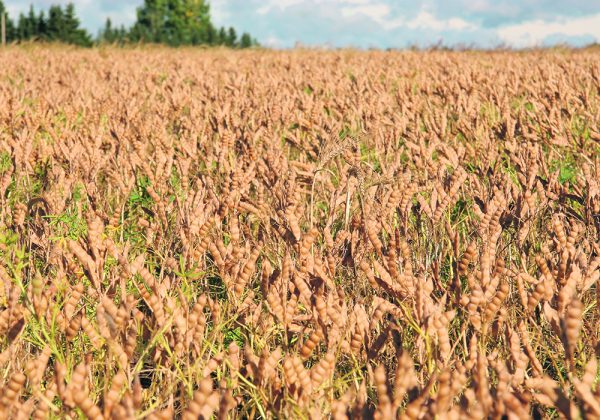
Growers urged to go slow with lupin production
The pulse crop has significant potential, but researchers are still attempting to solve significant agronomic challenges
Lupin is a promising crop that will likely get a foothold on the Canadian Prairies, but more research is needed into the pulse before this can happen.
“I just want to caution the industry right now to not move too quickly. There’s so much demand and so many questions about lupin seed, and I just want everybody to hold their horses if they wouldn’t mind while we figure out some of these questions,” said Robyne Bowness Davidson, a pulse specialist at Lakeland College.
Bowness Davidson, who has been working with lupin since 2004, said the crop can have protein levels of up to 40 percent, which is much higher than any other pulse crop grown on the Prairies.
Read More

Farming Input Costs Are Rising – How Producers are Managing the Risk
Farmers enjoyed rising crop prices in 2021, but rising input prices across the board are eating into producer profits.
The U.S. Department of Agriculture forecasts net farm income rose 20% in 2020 relative to 2019, and is forecast to be up 23% in 2021. However, with higher costs across the board for inputs, farmers are cautious going into spring planting and are reviewing their risk-management strategies to protect income.
In December, the Ag Economy Barometer from CME Group and Purdue University revealed that 57% of surveyed producers said they expect farm input prices in 2022 to rise by more than 20% compared to 2021. Nearly 40% said they expect input prices to rise by more than 30%.
Economists at the University of Illinois estimate positive farmer returns for 2022, at $61 an acre for corn and $67 an acre for soybeans. However, that is down considerably from 2021’s projected returns of $378 an acre for corn and $305 for soybeans.
Read More…
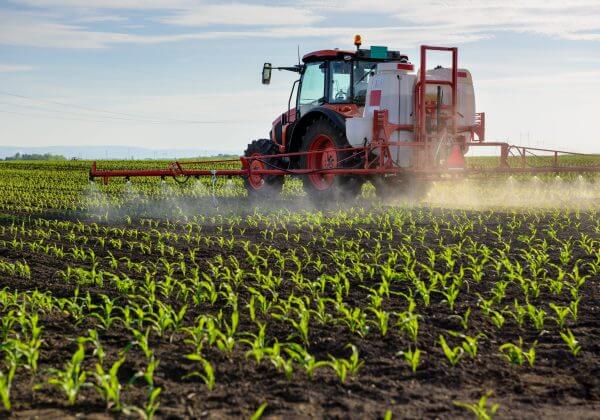
Will North Dakota corn wet milling plant give the region’s farm economy a boost?
GRAND FORKS, North Dakota — The Fufeng Group Ltd. wet corn milling plant proposed in Grand Forks has potential to benefit the region’s agricultural industry, but whether that happens depends on the answers to an abundance of yet-unanswered questions.
In November 2021, Fufeng Group Ltd., a Chinese-based bio-fermentation company, chose Grand Forks from among four U.S. locations that were finalist for locations to build a wet milling corn plant that would initially have capacity to process 25 millions bushels of corn annually.
The wet corn milling processing plant, which is proposed to be located on a 370-acre site in northwest Grand Forks, primarily would manufacture food additives, animal feed and other products, according to Keith Lund, Grand Forks Region Economic Development president and CEO. The plant’s finished products would be the amino acids lysine and threonine, which are an essential ingredient in animal nutrition formulas.
Read more…
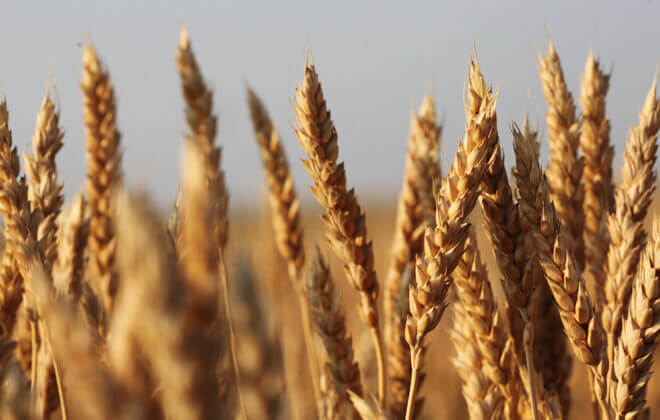
Canada’s common wheat exports fall 29% on week, durum wheat shipments rise
Canadian common wheat exports fell 29% week on week to 187,100 mt in the week ended Jan. 9, Canadian Grain Commission data released Jan. 16 showed.
Receive daily email alerts, subscriber notes & personalize your experience.
Exports of the food grain fell in the week to Jan. 9 as wheat prices globally declined and demand for crops from other origins increased. Export prices of Canadian wheat have also seen some volatility amid choppy trade in the past two weeks, traders said.
However, exports of durum wheat rose to 19,600 mt in the week to Jan. 9 from 13,100 mt the week before, the data showed.
Durum wheat exports over Aug. 1-Jan. 9 totaled 1.2 million mt, down more than 52% from the same period of of MY 2020-21.
Read More ...
New Zealand

Red meat exports reach record $10 billion in 2021
New Zealand’s red meat sector exports reached $10 billion last year, a 9 per cent increase compared to 2020.
Meat Industry Association (MIA) figures show that for the month of December 2021, the value of red meat exports was up 22 per cent on December 2020, at just over $1 billion for the month.
The 2020 annual value of meat exports was $9.2b.
China is New Zealand’s largest beef export market. It took 46 per cent of exports for the final quarter, followed by the US and Japan.
Despite no change in the volume of beef exported to China for the 2021 final quarter compared to the 2020 quarter, the dollar value of those exports rose by a third.
Read More here…
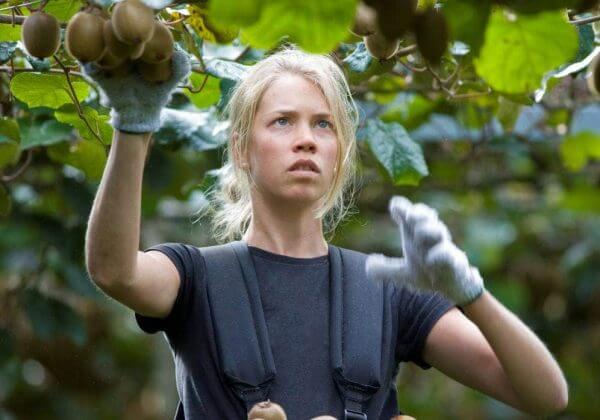
Horticulture sector: Border reopening comes too late
Antony Young campaigned for a highway. Now his farm is in its path and he is preparing for a final pick.
The popular Noho Blueberry Farm is one of many properties on land designated for the Ōtaki to north of Levin expressway project.
Young, who owns the orchard with his wife Nancy, said this summer would be their sixth and final picking season.
The farm itself had been around longer. Some of the 1000 blueberry bushes, on about a hectare of land, had been in the ground about 40 years.
They were in the process of negotiating the sale of their property with Waka Kotahi NZ Transport Agency.
Read More here…
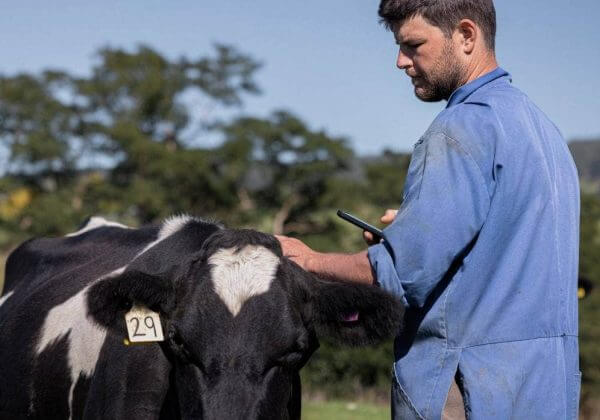
Collar tech allows farmers to draft cows remotely
New technology is giving farmers the ability to draft their cows without needing to be anywhere nearby.
Agritech firm Halter’s collars allow cows to be moved through sound and vibrational currents.
Halter company manager Steve Crowhurst said expanding that to allow remote drafting was a “wow moment” for farmers and a world first.
“The collar device takes thousands of readings from a cow and can identify issues more quickly than what would be observed in the milk shed for example,” Crowhurst said.
“We are able to get what we call a cowgorithm, which is a full status report on an individual cow.
“Cows are drafted, or separated, for a number of reasons, namely the springers, on heat or for sickness. They might need extra feed, they might need to be assessed for lameness, or they might need to be artificially inseminated during mating.”
Read More here
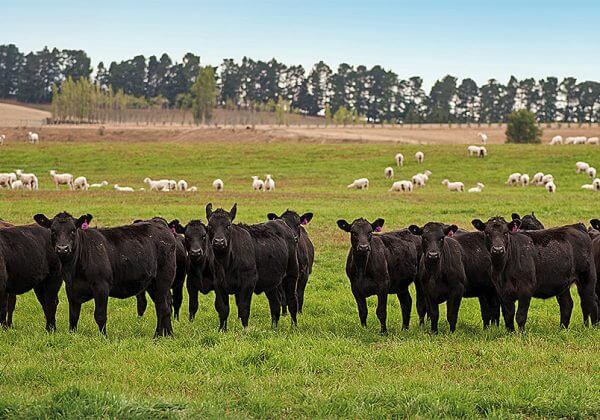
Despite the lure of high prices, dairy farmers may be accepting lower production levels, by being less tempted to use off-farm feed supplements like PKE. High prices make that choice easier
Following on from Fonterra lifting their forecast farm gate price (mid-point $9.20 per kg MS) Synlait have followed suit with a forecast price of $9.25. (See here.)
As well as both listing international demand as the major reason, Fonterra added the lower production figures for the year as a contributing reason while Synlait added that the lowering NZ$ as a major reason. Synlait’s next update will be in May.
The latest Global Dairy Trade auction held yesterday reinforced the companies’ decisions by lifting +4.1% and WMP leading the way with a +5.8% lift. Product prices are shown below with the New Zealand price at todays US dollar value, [0.6648] in brackets.
- Butter index up 3.3%, average price US$6,359/MT ($9,565)
- Ched index up 2.4%, average price US$5,684/MT ($8,550)
Australia

Australia’s sprouted wheat is an Asian market option
INTERNATIONAL feed grain buyers are receiving expert advice on how to incorporate sprouted wheat into animal rations, following a wet Australian harvest in some areas, resulting in sprouted crops.
Australian Export Grains Innovation Centre (AEGIC) chief executive officer Richard Simonaitis said they quickly moved to support Australian grain traders and international customers with technical information on the use of sprouted wheat for animal feed.
“Sprouted wheat is actually equivalent to non-sprouted wheat in nutritional value for animal feed, unless the sprouting is extensive,” Mr Simonaitis said.
“In most cases, sprouted wheat can be used freely as a feed component, as long as all the standard quality parameters are in place.
Read more here…
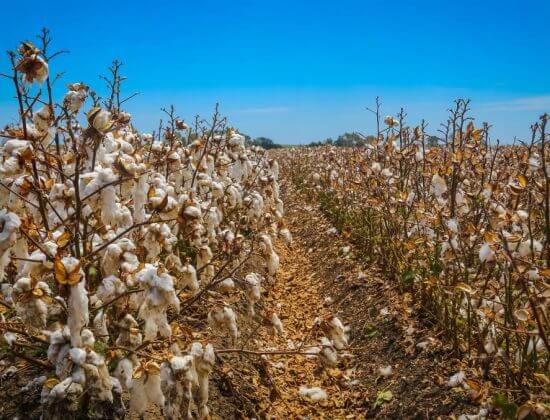
Cotton crop tipped to be second biggest on record
THE Australian cotton sector is set to consolidate its post-drought renaissance with forecasters tipping the 2021-22 crop to be the second best on record.
Cotton Australia says favourable conditions across most of Australia’s cotton growing regions mean production estimates sit at 5.2 million bales, almost ten times larger than the drought impacted 2019-20 crop of 590,000 bales.
As well as good irrigated cotton plantings with solid water allocations there is also a significant dryland cotton plant.
Cotton Australia chief executive Adam Kay said after a reasonable crop in 2020-21 of 2.8m tonnes this year’s forecast product was set to boost the nation’s cotton sector.
He said it had not been a perfect season with slightly dry conditions through January in some parts and floodplain flooding in others causing yield reductions but he added many growers were pleased.
Read more here…
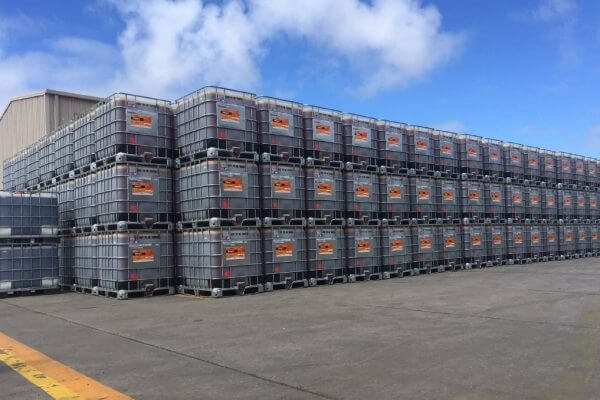
High input costs and supply chain challenges stack up
WITH seeding in Western Australia just around the corner, higher than normal input costs are front of mind for growers and the significant supply chain challenges across the globe aren’t doing anything to allay those fears.
Freight services worldwide have increased in cost and become increasingly hard to source, reliability of shipment dates has reduced and production of crop protection active ingredients has been constrained in key countries.
Combine all of that together and the agricultural chemical industry is facing never before seen challenges when it comes to global supply chains.
Nufarm Australia commercial general manager Peter O’Keeffe said there were a few factors at play starting with global supply, as molecules including 2,4-D and glyphosate have been tight globally in the second half of 2021.
Read more here
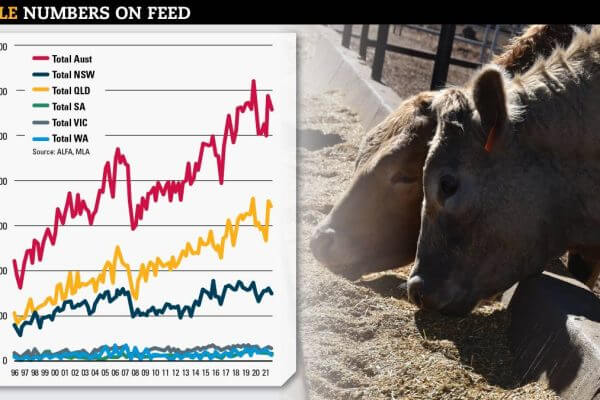
Numbers on feed likely to stay over the million head mark
The shift in producer mindset towards selling younger males to feedlots rather than feeding them out on grass to processor rates is expected to continue as grain-fed beef demand goes from strength to strength.
Last year, for the first time ever, 50 per cent of domestically consumed beef was from lot-fed cattle.
Numbers on feed have now been above the 1 million mark for 15 consecutive quarters and analysts believe it’s unlikely they will ever again drop below that.
Feedlots are currently buying more than 50pc of Eastern Young Cattle Indicator eligible cattle.
Meat & Livestock Australia’s February cattle industry projections show feedlot capacity is at a record level of 1.4m head, with utilisation at 77 per cent.
Read more here…
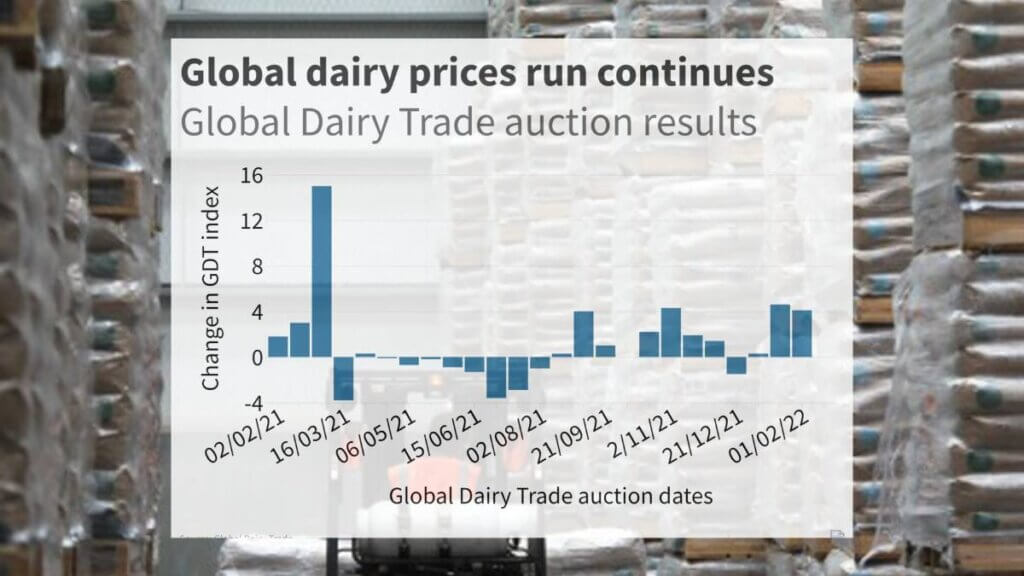
Global Dairy Trade records 4.1pc increase at February 1 auction
Export dairy prices continue their hot trot with another price leap at the Global Dairy Trade auction on Tuesday night.
The GDT index was up 4.1 per cent with all commodities posting increases.
The $US4630 a tonne average price is the highest since March 2014.
Westpac senior agri economist Nathan Penny said the jump in prices built on the gains from the previous auction.
Prices were up 12pc on the start of the year, with the key whole milk powder price up 9pc.
Read more here…
South America
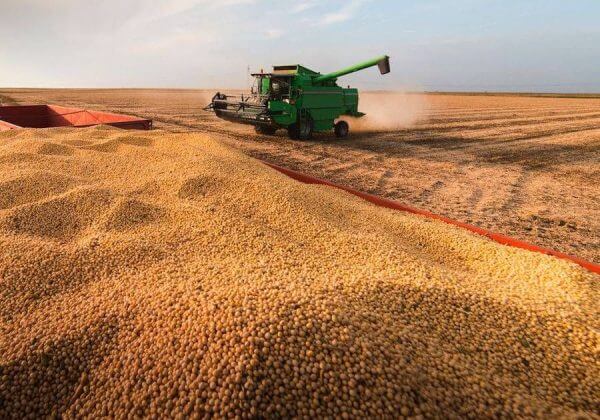
Paraguay foresees worst soybean harvest in 25 years
The Union of Production Guilds Paraguay Wednesday said it foresaw 2022 will be a tough year for the agricultural sector due to the current drought which will mean, among other setbacks, the worst soybean harvest in the last 25 years, or US $ 2 billion less to the country’s economy.
Union of Production Guilds leader Héctor Cristaldo said that in December there was a rainfall deficit which was already beginning to be noticed. Based on that, the worst scenarios was projected, resembling that of 2012, with only 1,367 kilos of soybean per hectare harvested. Inin 2021, output stood at 2,800 kilos per hectare and that was already worrying, Cristaldo explained.
“Now that the harvest is advanced, 80% in the south, 70% in the center of the Eastern Region and 30% in the north, we are below that number and a harvest that is going to have a strong impact on the entire movement of foreign currency income for the country, more than US $ 2 billion“ which will impact logistics and the entire economy nationwide, Cristaldo added.
Read More
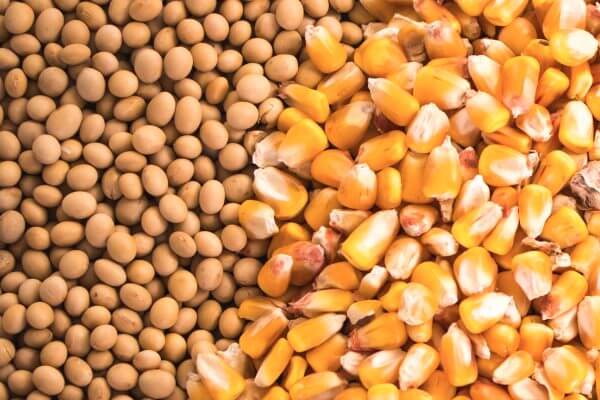
SOYBEANS END STRONG WEEK WITH MORE GAINS
Soybeans were higher on fund and technical buying, capping off a week of strong gains after Thursday’s pause, with March hitting multi-year highs. Traders continued to watch weather in South America, with further reductions in yield estimates expected. According to one private firm, significant amounts of beans in Argentina, Brazil, and Paraguay have been lost to the hot, dry weather associated with a La Nina pattern, which will shift a lot of attention and export business to the U.S. and could lead to an increase in U.S. planted area in 2022. The Rosario Grain Exchange has Argentina’s soybean crop at 40 million tons. Argentina is the world’s biggest exporter of soybean products, while Brazil has the top spot for soybeans. Unknown destinations bought 295,000 tons of U.S. beans, mostly old crop. The announced sales total for the week was 936,000 tons, combined old and new crop, all to either China or unknown destinations. Soybean meal was higher and bean oil was lower on the adjustment of product spreads. India says it will place limits on the amount of oilseed and vegetable oil supplies held by processors and traders to limit further price inflation and hoarding. India is the world’s largest importer of vegetable oils.
Read More here…
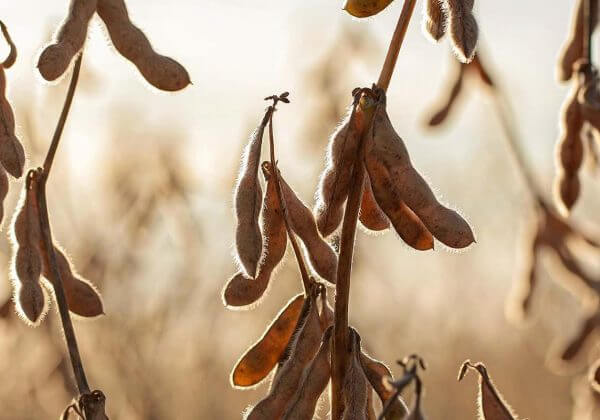
Brazil’s Jan soybean exports at 2.47 mil mt dwarf 50,000 mt a year earlier
Brazil’s soybean exports surged to 2.47 million mt over Jan. 1-30 from 49,498 mt a year earlier, the country’s foreign trade department Secex said in a report Feb. 1, likely supporting local oilseed prices.
The country is the world’s biggest soybean producer and exporter, and the bulk of its soybean exports in January were to China, the world’s largest soybean importer, according to local traders.
Brazil’s soybean harvest for crop year 2021-22 (September-August) started well ahead of the typical schedule, supporting export volumes, with the harvest in the states of Mato Grosso and Parana almost three weeks ahead of last year’s pace.
Agricultural consultancy AgRural said Brazil’s harvest had reached 10% of the projected area of 40.4 million hectares by Jan. 27, up from 2% a year earlier.
Read more here
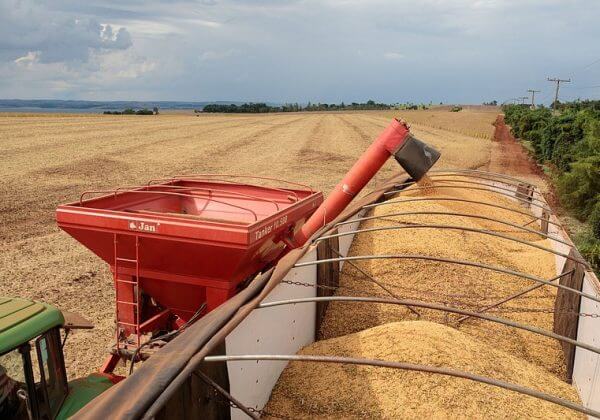
Small Brazil harvest drives U.S. soy buys
Soybean buyers stung by a smaller and slower harvest than expected in Brazil are turning to the U.S. for supply, driving up prices and threatening to worsen food inflation.
What was expected to be a record crop in Brazil is now looking far smaller, with lower yields and harvest delays caused by adverse weather catching traders and end-users shorthanded. The uncertainty has driven buyers into the U.S. market.
More than 110 ships have been chartered on a preliminary basis to load crops at ports in the Pacific Northwest, according to Bill Tierney, chief economist for AgResource Co. in Chicago.
The rush by traders and financial players has driven up futures in Chicago by 30% since early November to an eight-month high, with the premium for July contracts over November surging eight-fold.
Read more here…
Food Updates

Can fortifying foods with fibre reduce the risk of disease?

Picture warnings on sugary drinks may help fight obesity, study suggests
A new study has examined whether pictorial health warnings on sugary drinks influence which beverages parents buy for their children. global average.
A study published in the journal PLOS Medicine assessed whether health warnings in the form of pictures on sugary drinks — like juice and soda — influence which beverages parents buy for their children.
The study found that these warnings reduced parental purchases of sugary drinks for their children by 17 percent.
Researchers at the University of North Carolina at Chapel Hill’s Gillings School of Global Public Health ran the study in a unique laboratory called the ‘UNC Mini Mart’.
Read more here…

A side of plastic: what can we do to stop it getting into our food?
The ocean contains thousands of pieces of plastic that could be entering some our favourite dishes, but what can you do to help?
Did you know that the average Londoner buys more than three single use plastic (SUP) water bottles every week? That adds up to be an eye-watering 175 bottles every year per person, making that a grand total of 7.7 billion plastic bottles purchased across the UK every year. Not only is this a huge contributor to SUP waste, but it is now impacting our surrounding ocean and the marine life that live within it.
Recent data collected by the PADI AWARE Foundation, a non-profit working with recreational SCUBA divers, shows that there is now eight million pieces of plastic entering the ocean every day, with 46,000 pieces of plastic in the ocean per square mile.
Read more here…
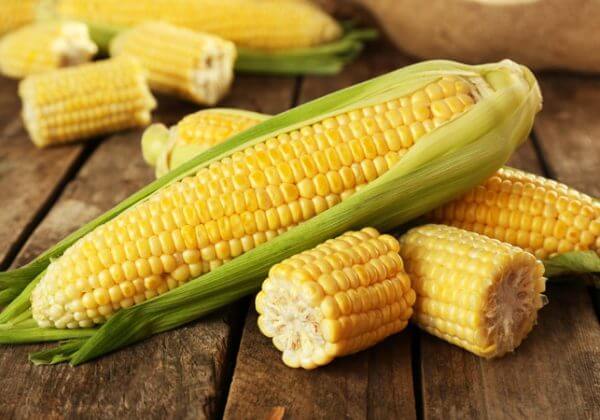
Plant pathologists leading fight against damaging corn disease tar spot
Read more here…

Does offering more meatless options result in a permanent switch?
Read more here…


